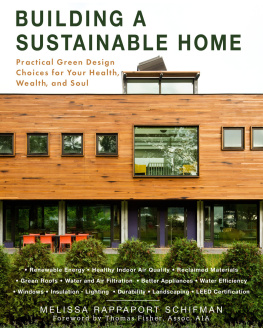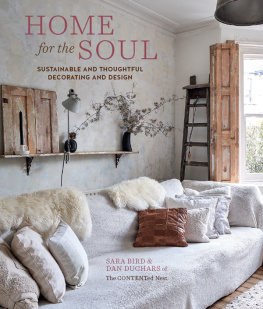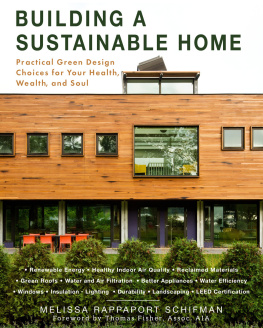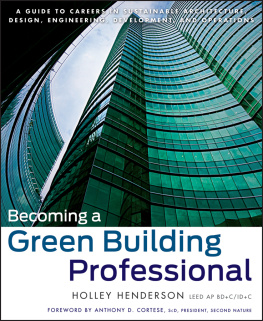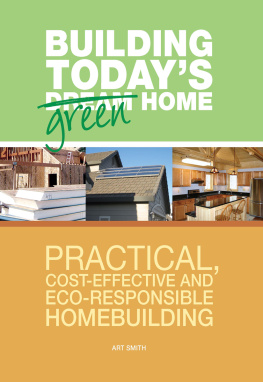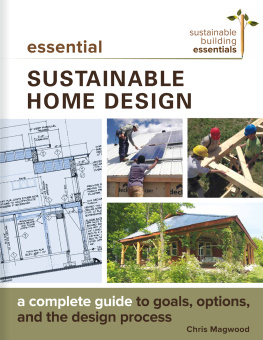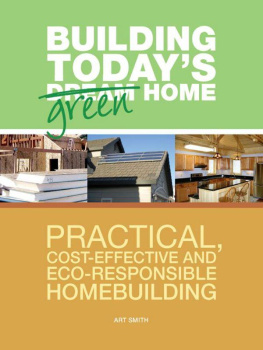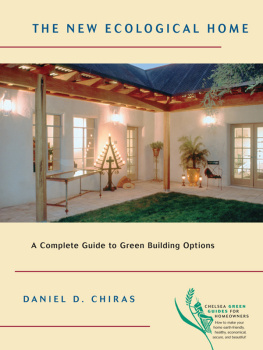

Copyright 2018 by Melissa Rappaport Schifman
Foreword copyright 2018 by Thomas Fisher, Assoc. AIA
All rights reserved. No part of this book may be reproduced in any manner without the express written consent of the publisher, except in the case of brief excerpts in critical reviews or articles. All inquiries should be addressed to Skyhorse Publishing, 307 West 36th Street, 11th Floor, New York, NY 10018.
Skyhorse Publishing books may be purchased in bulk at special discounts for sales promotion, corporate gifts, fund-raising, or educational purposes. Special editions can also be created to specifications. For details, contact the Special Sales Department, Skyhorse Publishing, 307 West 36th Street, 11th Floor, New York, NY 10018 or .
Skyhorse and Skyhorse Publishing are registered trademarks of Skyhorse Publishing, Inc., a Delaware corporation.
Visit our website at www.skyhorsepublishing.com.
10 9 8 7 6 5 4 3 2 1
Library of Congress Cataloging-in-Publication Data is available on file.
Cover design by Mona Lin
Cover image by Paul Crosby
Print ISBN: 978-1-51073-344-2
Ebook ISBN: 978-1-51073-345-9
Printed in China
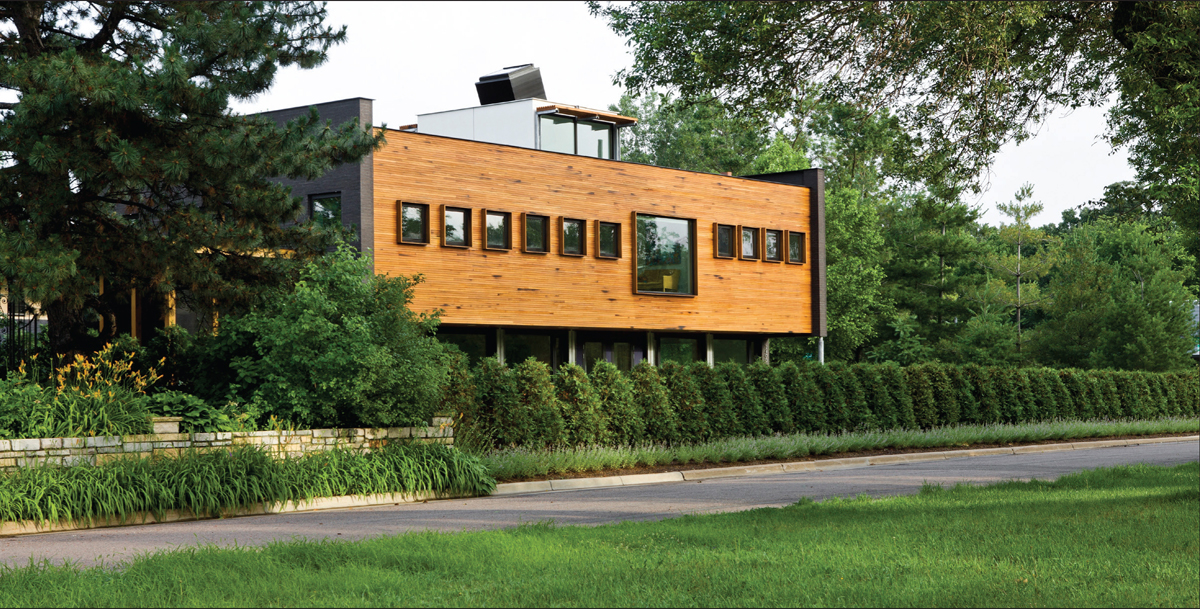
Contents
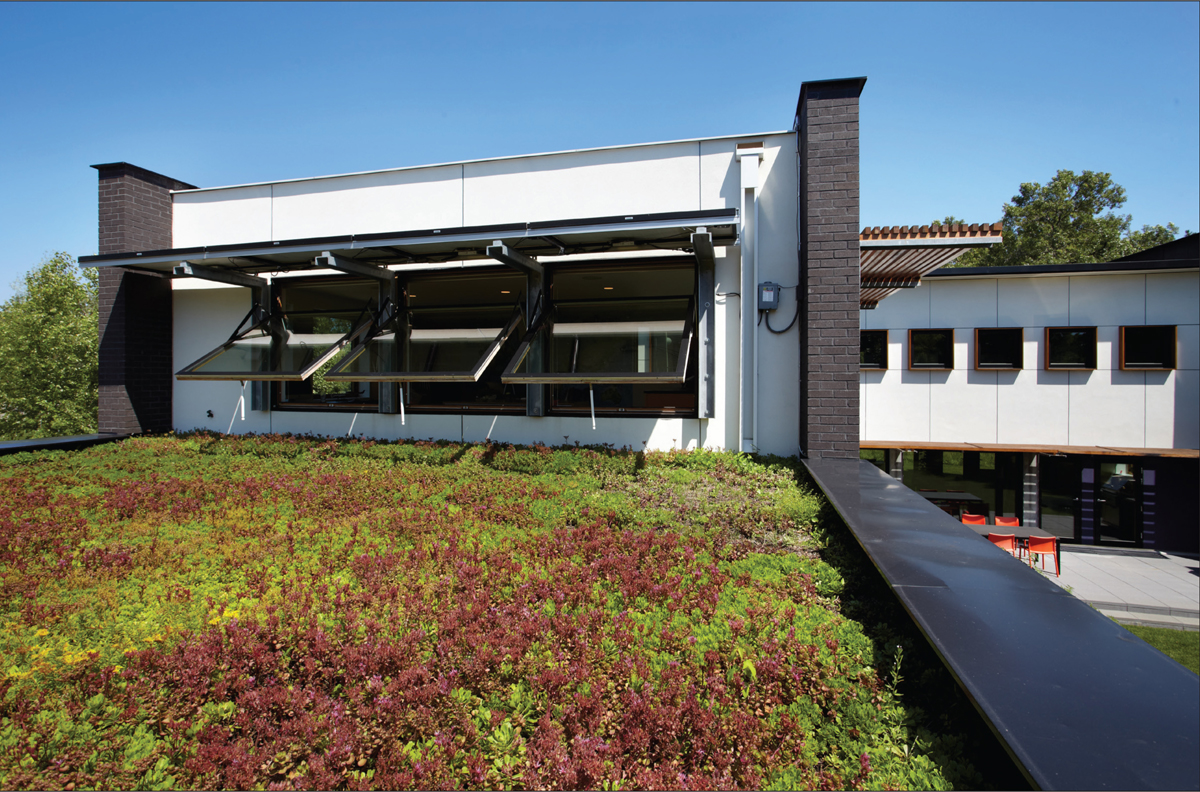
Photo credit: Karen Melvin
Foreword
The voice of the informed homeowner has, until now, been a missing part of the publishing world. There exists sizable literature about sustainable home building and design from the point of view of experts: people who make their living doing this work as well as teaching and writing about it. And all too often, that perspective lapses either into technical jargon that leaves the ordinary reader behind or into dry evaluations of performance measures that puts all but the most dedicated enthusiast to sleep.
Melissa Rappaport Schifman avoids both of those pitfalls in this book. She writes clearly and succinctly in a prose style that holds the readers interest and conveys content in words that even those who have no prior experience with sustainability will understand. Her perspective also shows how homeowners have as much responsibility for decision-making as their architects and builders, needing to know when to support a design idea or technical solution and when to say no to it.
That give-and-take between homeowner and architect/builder differs from the way in which we typically consume products and services. When buying something, we usually choose from existing options already determined by their designers and producers, whom we may never meet and who rarely have an opportunity to tailor their offerings to fit our individual needs. Building or renovating a home does not work that way. A homes creation involves an interaction between homeowner and architect/builder that always results in a custom solution for a specific site and program. Because of that, the more informed the homeowner, the better the results.
This is what makes this book so valuable to homeowners wanting to live in healthier, less wasteful, and, as Schifman phrases it, more soulful ways. Who doesnt want to live like that? And yet despite all the progress we have made in cleaning up our physical environment in the developed world, we remain exposed to unhealthy conditions, from contaminants in our drinking water to pollutants inside our buildings; wasteful systems, from inefficient appliances to leaky windows; and unpleasant surroundings, from fake materials to flamboyant facades.
This book serves as an excellent antidote to that excessiveness. In a series of tables labeled dollars and sense, Schifman lays out the sustainability strategies in a number of areas and summarizes their cost implications and whether it makes sense to invest in them. The text in those tables has a refreshing directness, with capital letters letting the reader know, in no uncertain terms, that something is not warranted or has too long a payback period and that other ideas have huge benefits and ample reasons to just DO IT!
These tables make the book useful as a quick reference not just for homeowners, but also for architects, landscape architects, and contractors looking for justificationor notfor their sustainability decisions. These summaries also let the reader skim the book to see what sections to read in greater depth or to review after having read the book to remember its high-level recommendations. In our hyper-speed, time-starved world, such synopses serve a real purpose.
If you have the time, though, the text of this book will reward your reading. Schifman writes in a fluid, first-person style that carries the reader along through content that in lesser hands could get awfully dry. She has plenty of numbers to back up her claims, for example, but manages to explain the data and tie it to the larger story in a way that makes it digestible for even the most mathematically challenged.
She also doesnt hesitate to talk about her own learning process and how some of what she once thought true turned out to be unfounded or at least unwise. That self-critical sensibility sets this book apart from those of most professionals, who typically do not share what they do not know or what they formerly advised and no longer recommend, as if expertise equals unassailability. Schifmans candor provides a refreshing alternative to that culture. She leads the reader through her own discoveries and draws conclusions that make sense in her context, acknowledging that in other climates or with other constraints, a homeowner might make a different decision.
In the end, the reader comes away from this book not only better informed, but also more inspired to learn more about what it has to offer. The best books treat readers with respect and invite them into a conversation that they can contribute toif only in their imaginationwith the author, and this book does that. Schifman has left me convinced that we will only really achieve the sustainable future that weand future generationsdeserve if we can cut through the technical mumbo jumbo that sometimes characterizes the books written by specialists and convey this important content in a way that an ordinary person can understand and apply to the one environment in which most people have some degree of control: their own homes.
Thomas Fisher, Assoc. AIA
Thomas Fisher, Assoc. AIA, is a professor in the School of Architecture and the director of the Minnesota Design Center at the University of Minnesota. He is a graduate of Cornell University in architecture and Case Western Reserve University in intellectual history, and was previously the Editorial Director of Progressive Architecture magazine. Recognized in 2005 as the fifth most published writer about architecture in the United States, he has written nine books, over fifty book chapters or introductions, and over four hundred articles in professional journals and major publications. Named a top-twenty-five design educator four times by Design Intelligence, he has lectured at thirty-six universities and over 150 professional and public meetings. He has written extensively about architectural design, practice, and ethics.
Fisher has written two books ( Salmela Architect and The Invisible Element of Place: The Architecture of David Salmela ; University of Minnesota Press, 2005 and 2011) profiling the works of David Salmela, who ranks as one of the best residential architects in the country, having won dozens of design awards and having had his work published all over the world. Schifmans home is the only LEED gold certified Salmela-designed home.
Next page
